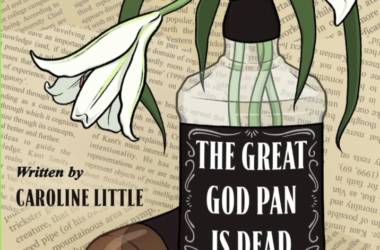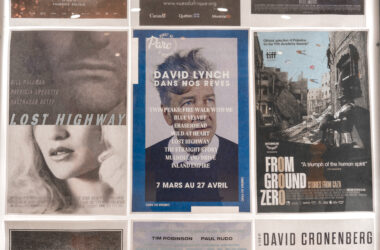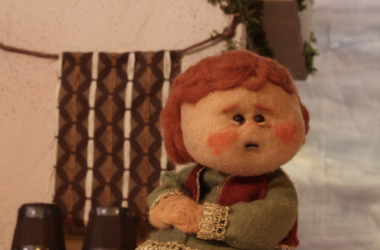If A Film Unfinished were nothing but 60 minutes of raw Nazi propaganda footage filmed in the Warsaw Ghetto, it would still be the most affecting film viewers have seen in a very long time. If the five silent reels found in an East German bunker nine years after the war were presented to an audience in 2010 with no commentary, no elaboration, no context, you would still stare blankly at the rolling credits, neither blinking nor seeing, totally stunned by the film.
Fortunately, the film—directed by Yael Hersonski—is much more. Those 60 minutes of raw footageare movingly intertwined with commentary from Ghetto survivors, descriptions of how the Nazis manipulated certain scenes, readings from journals kept by both Jews and Nazis, and an extended interview with Willy Wist, exposed as one of the film’s cameramen in the 1960s and the only German name ever connected to the making of the Warsaw tapes.
The film was originally commissioned by the Third Reich for propaganda purposes. That is, to show the veritable paradise in which the regime permitted Warsaw’s Jews to live. Wist claims he was specifically ordered to film scenes of Jews leading normal, even opulent lives, to show them enjoying themselves, to show life in the Warsaw Ghetto was not all that bad. To that end, we see Jews enjoying multi-course meals with wine, close-up shots of a woman singing at a lavish ball, rabbis meeting in the office of Adam Czerniaków, the head of the Warsaw Judenrat, the council of supposed “self-government” that the Nazis ordered Jews to form, men and women lounging in bathing suits, enjoying cool drinks in the sun. This footage is accompanied by readings from Jewish diaries, most interestingly from those of Czerniaków, described in the film as “an actor playing himself, unaware of how his role will end.” He repeatedly wrote about how the Nazis staged and shot multiple takes of these deceptively non-hellish scenes. We also hear reports filed by the SS officers in charge of producing the film, who bemoan the difficulties posed by uncooperative Jews.
In addition to the original tapes, A Film Unfinished also shows an additional, unedited reel of footage, which shows the horrifying truth of life and death in the Warsaw Ghetto. Ravaged corpses lie untouched on sidewalks, frail young children wander aimlessly, supported only by canes, skin peeling from their faces and bodies like old paint off a wall, policemen—some with Star of David armbands—harassing Jews, beating them, causing stampedes. It shows mass graves, truck-size piles of uncollected feces, dead bodies being tossed onto wooden carts, falling off, and rolling face down into the gutter. In his typically understated manner, Wist tells the interviewer that these scenes “preoccupied my thoughts for quite some time.” Some viewers may be left less than satisfied by the depth of his contrition.
The most disturbing and unforgettable aspects of the film are the faces of those walking the streets of the Ghetto. They stare curiously and blankly at the camera, and at us in the audience, as if reaching beyond the insanity of their situation to whatever hint of reality they might imagine or remember is beyond. We stare back, transfixed, trying and failing and trying again to enter their own horrible reality, if only momentarily. This happens throughout the film, as children, mothers, and soldiers look deep into the lens—repeated instances of fleeting communion.
These faces, these eyes, suggest the true meaning of the title, A Film Unfinished. The effect is to call into question the idea of historical finality. The lesson, perhaps, is that by seeing all this, by entering these horrible worlds, if only for a short time, we can in some way preserve what has already been destroyed, and ensure that the Nazi “solution” was anything but final.








